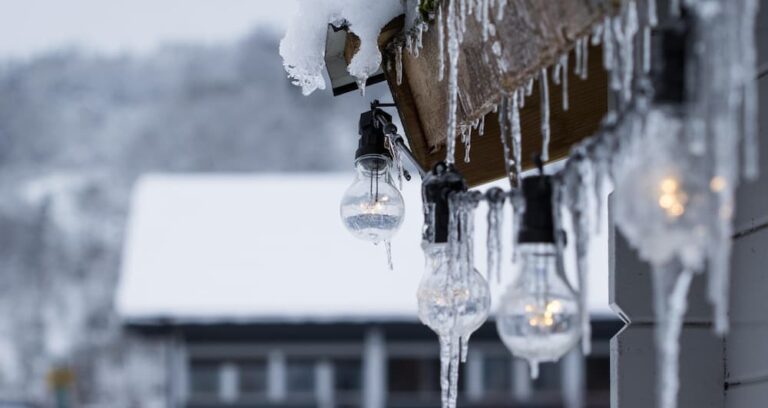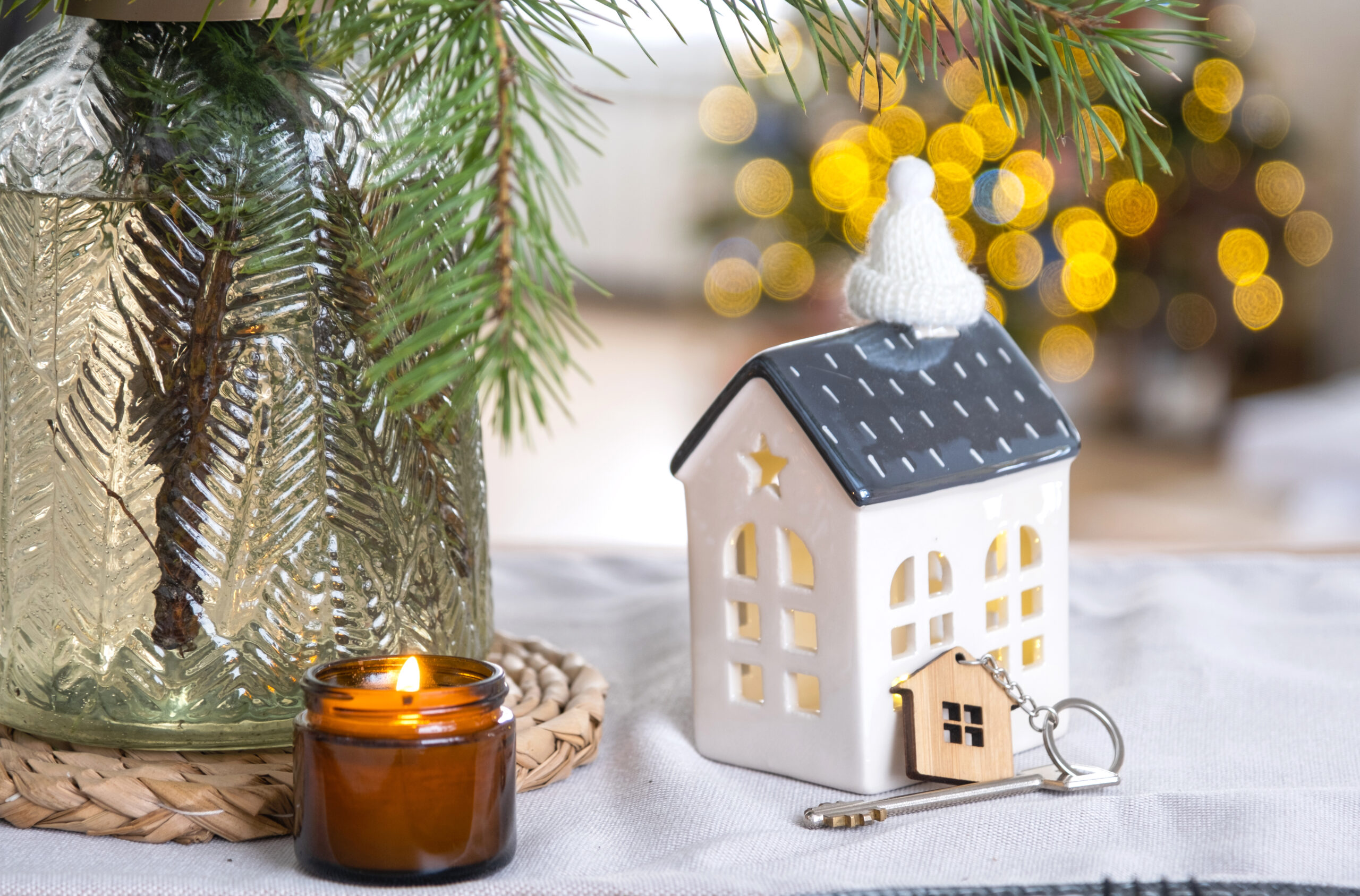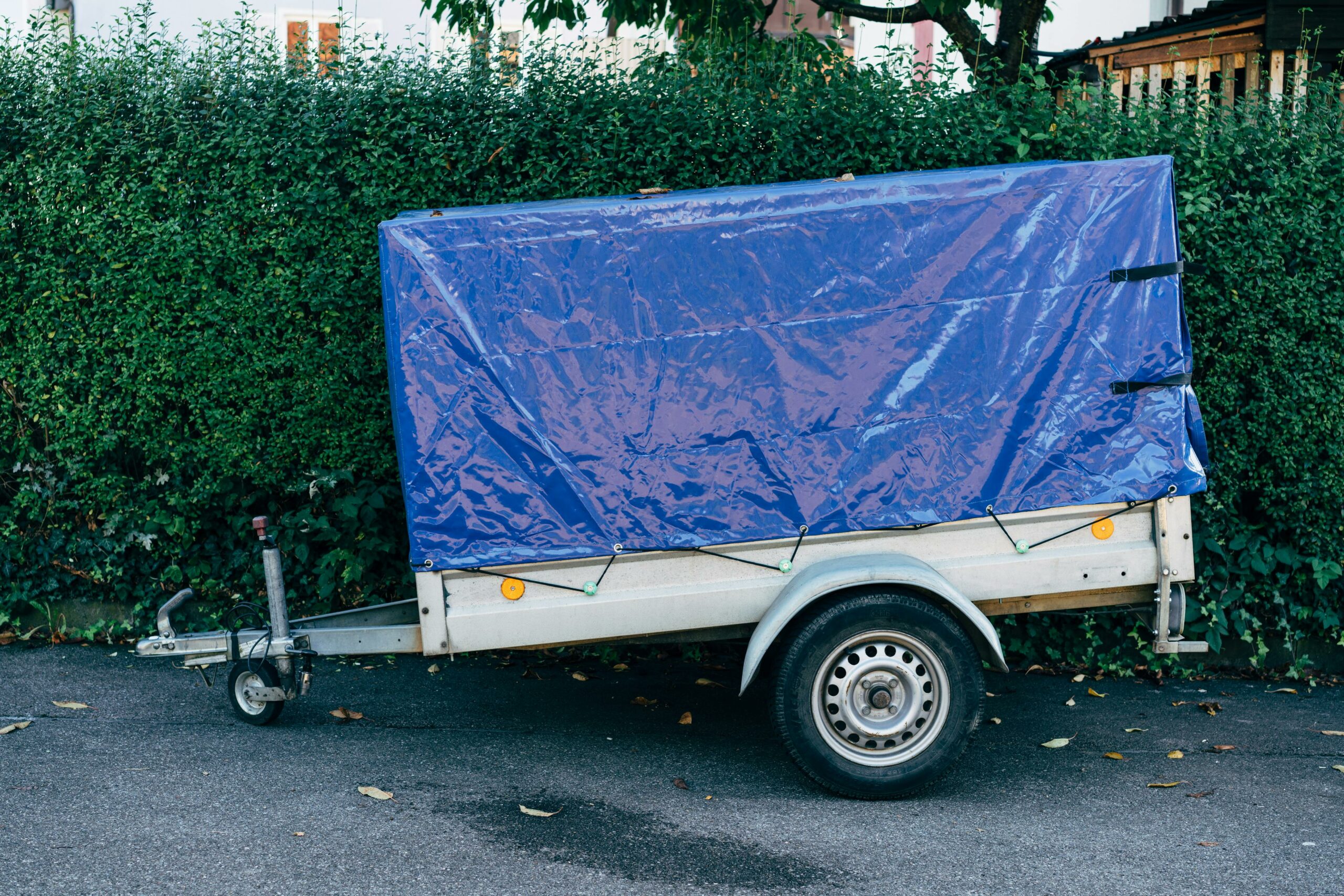So, you just moved into a new house, and now the temps are dropping fast—whether you’re new to New England or new to home ownership (or both), adjusting to winter can be a big change!
Home maintenance can have a bit of a learning curve for new homeowners, or even renters renting a single-family home who may find that they are managing things like an icy walkway for the first time ever, so here are our go-to tips for preparing your home and yourself for winter!
Seal Up Drafts
Houses can be drafty, especially old New England homes. But if you don’t have the time, money, or inclination to get a whole new set of storm windows, there are still ways to cut down on drafts! Wool or foam insulation strips can be tacked along windows at major seams—this doesn’t seem like much, but it can do a lot to reduce cold drafts from forcing their way into your house on a windy winter day. In addition, vinyl film (usually attached by heating with a hair dryer to “shrink wrap” around your windows can also create a pocket of air that protects your home from the worst of that chilly winter air.
Other warning spots: checking under your doors, removing any window AC units, and the entrance to your garage or basement can be places to easily insulate.
Change Your Heating Filter Regularly
If you have a traditional HVAC system, proper filtration helps to keep your home warm enough and to keep your heater running efficiently. If you find yourself really struggling to remember when you last changed the filter, consider setting a reminder on your phone to change it based on your heater’s recommendations. Another option: stock up on filters at the start of winter so that you never have to add a trip to the store to your to do list at the last minute!
Sanding/Salting Your Front Walk
In many municipalities, you are legally required to keep the sidewalk in front of your house clear of snow and ice and safe for pedestrians. This isn’t only valuable for you, but also helps your neighbors to be able to move around safely. If you have a long sidewalk or driveway, or you expect a lot of snow, you might want to invest in a snowblower—alternatively, if your neighbor already has one, you might be able to convince them to hit your sidewalk in exchange for some homemade cookies. In addition, consider avoiding harsh chemical ice melters—they may be effective, but they can be dangerous for local wildlife and hard on the feet of your neighborhood dogs!
Save on Heating Costs by Closing Unused Rooms
If you spend a lot of the year with your doors all wide open, you may want to consider changing those habits in wintertime. For example, your guest bedroom probably doesn’t need to be heated the same way your living room does, just as your home doesn’t need to be as warm when everyone is sleeping as it does during the day. If you have separate thermostats for each room, this makes things easier, but with forced air, you can close doors and cover vents to avoid pouring a bunch of warm air into unused spaces! (Note: there will still be enough airflow that the room should be perfectly safe, but chilly.
Use A Smart Thermostat or Timer
Want to keep it chilly at night but NOT feel like an icicle in the morning? With a Smart Thermostat, you can have the heat adjust based on your movements, and with a timer function, you can set the heat to kick in around the time you’re going to get up.
What other tips do you have for helping to keep your home cozy and your heating bills low in wintertime?











